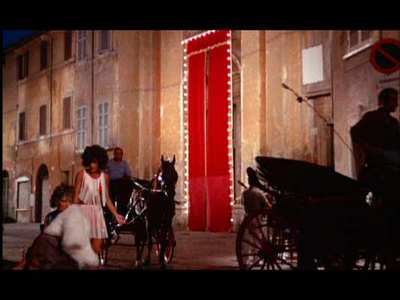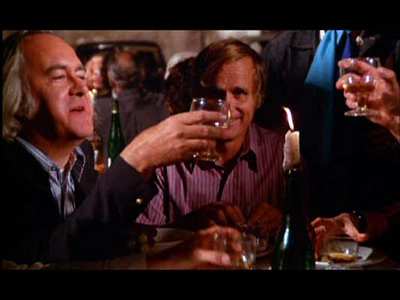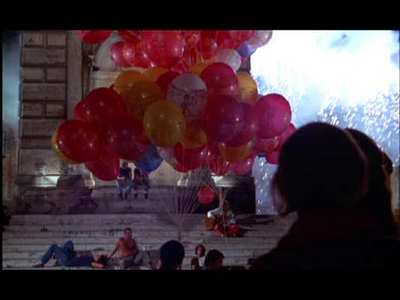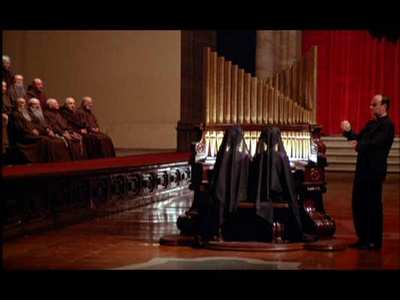Review of Fellini`s Roma
Introduction
An autobiographical, impressionistic carnival from Federico Fellini, loosely tracking the noted filmmaker`s move from his provincial childhood to his ambivalent immersion into the teaming Roman wonderland, interspersed with scenes of the making of the film itself. Essentially a series of wandering reminiscences and fantastical abstractions, Fellini’s episodic model of the Italian capital from the pre-war ‘30s through fascistic decadence into the discordant 70s, presents the viewer with a dense, poetical canvas, devoid of much meditation or investigation, with the tastes and sounds of the city presented as subjective daydreams for the audience’s consumption.

Video
Not bad non-anamorphic transfer, with Giuseppe Rotunno’s images coming across well. Not quite as polished as some of the Criterion attempts at revitalizing Fellini’s work, but good enough.

Audio
Poor, although Fellini’s dated use of completely post-synched soundtracks is probably more to blame than the transfer itself.

Features
The gaudy, utterly plotless trailer.

Conclusion
The fact that it features Fellini’s name emblazoned so obtrusively on the title speaks volumes about the voyage of self-indulgence to follow. However the randomness of the reflections, their slight, affective quality gives them the feeling of a genuine, fragmented memory in operation. The episodic narrative is typical of Fellini, once again reveling in the connections between art and its production, but here it seems somehow irreconcilable with the free-flowing promise of the autobiographical observations that fleet and dwell like the passing of time. It does reveal some mesmerizing treats: a captivating sequence where a group of filmmakers stumble upon an ancient Roman home in the path of the new underground system, only to watch the priceless murals and sculptures literally dissolve before their eyes.
Sadly, Fellini makes little novel use of his tantalizing dream-like imagery, the painterly mise-en-scene or the baroque sets, falling back on staid fixations that have dominated his work. Among the frequent cues that return: his preoccupation with the process of filmmaking (already explored obsessively in ‘8 ½’); the churches fall into sheer decadence (a decline illustrated here by a bizarre Catholic fashion show); withering maternal figures who bemoan the decay of the past; stark, mysterious beauties – whores with an impenetrable inner life that captivates the hero (and Fellini) as much as their outward beauty. Fellini strives to make a circus out of every scene: from the glaring studio-bound sets (particularly during the outdoor restaurant scene), and his continued operation within strict caricatures: passive, sponge-like protagonists, the intractable, heckling masses, the self-absorbed, aloof bourgeoisie.
Of all the latter Fellini’s, this makes the clearest (although still wavering and cautious) steps back into the brilliance of his past, but the collective effect is one of saturation rather than insight, and as a result this will either win you over or bore you rigid, depending on your propensity towards alluring, intensely stylistic non-linear cinematic landscapes. Fellini’s eerie ability to capture the peculiarity of human memory and the tentative, unspoken but tumultuous dissolution of a city is intermittently involving, but what persists is the feeling of disconnectedness from a real, lived-in world, and a unwavering focus on the spectacle of life, severed from its human moorings.
Your Opinions and Comments
Be the first to post a comment!